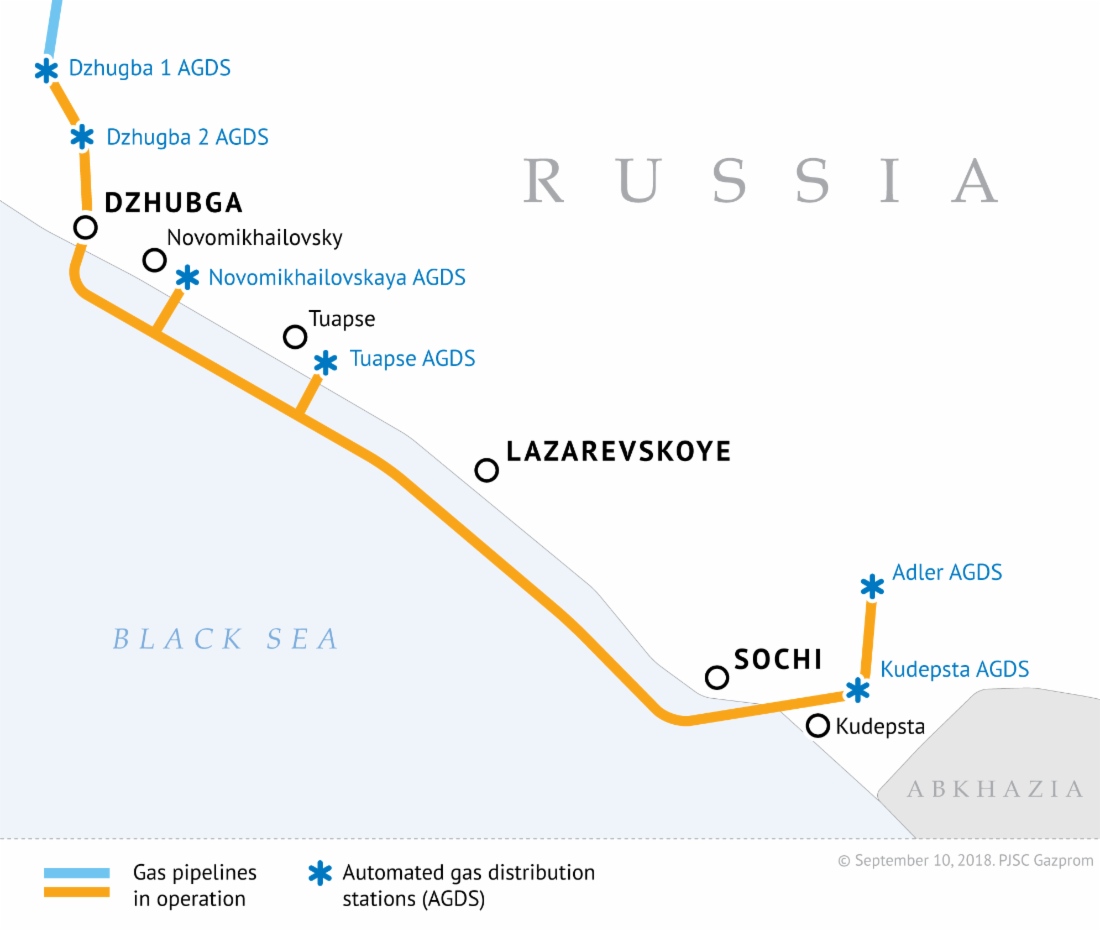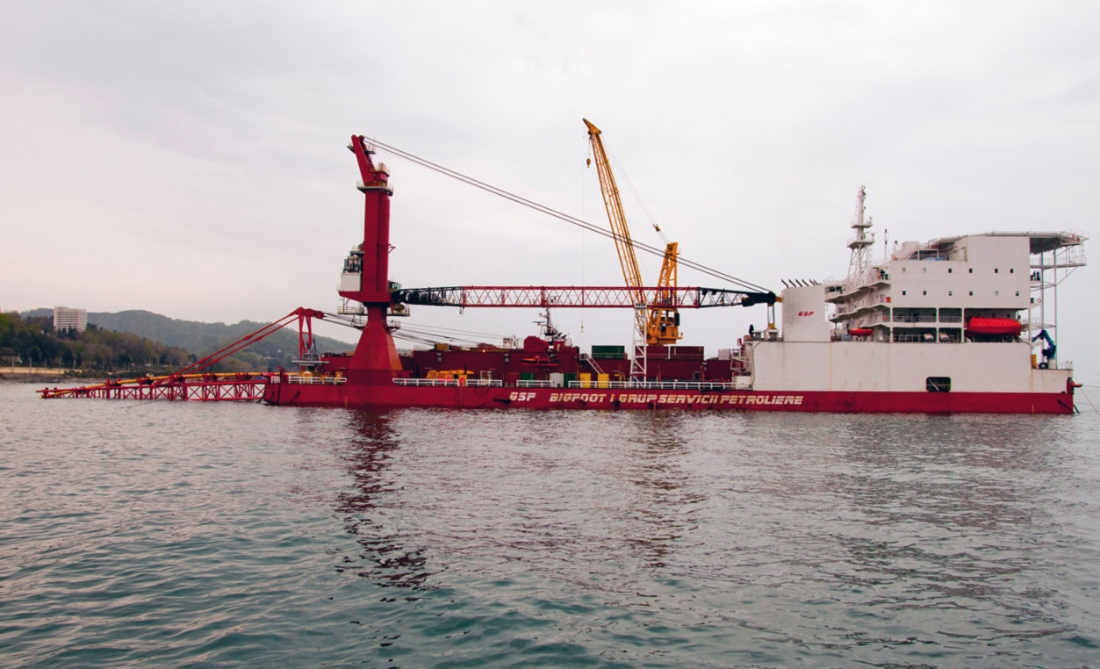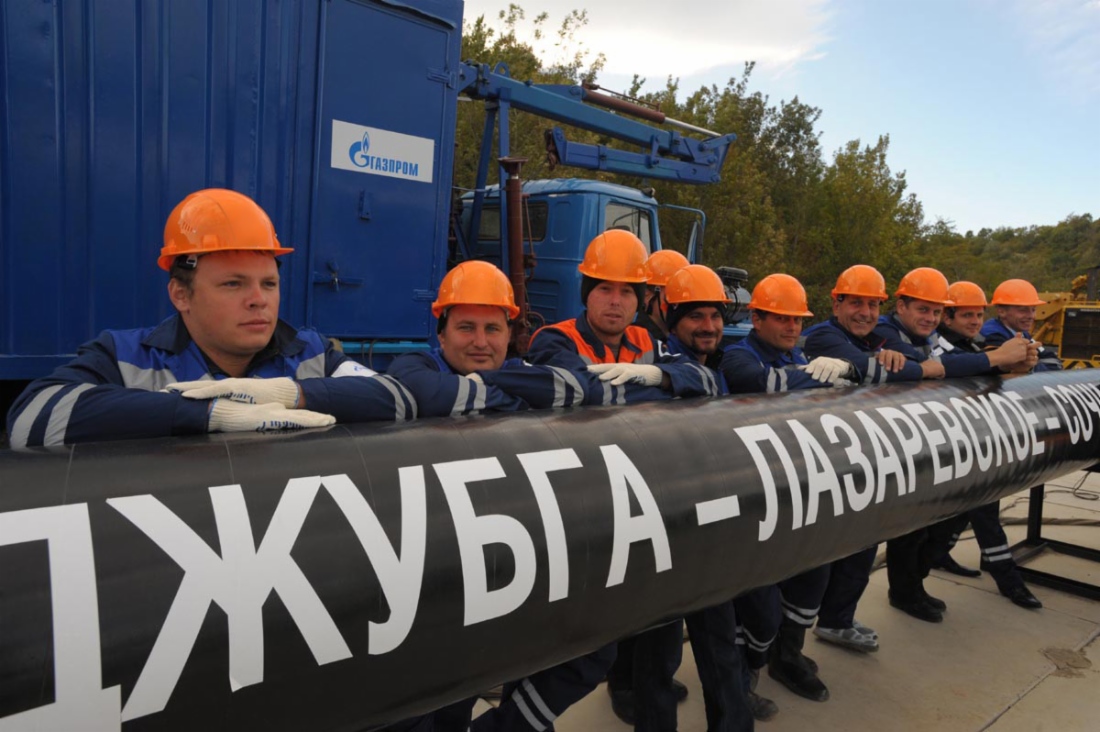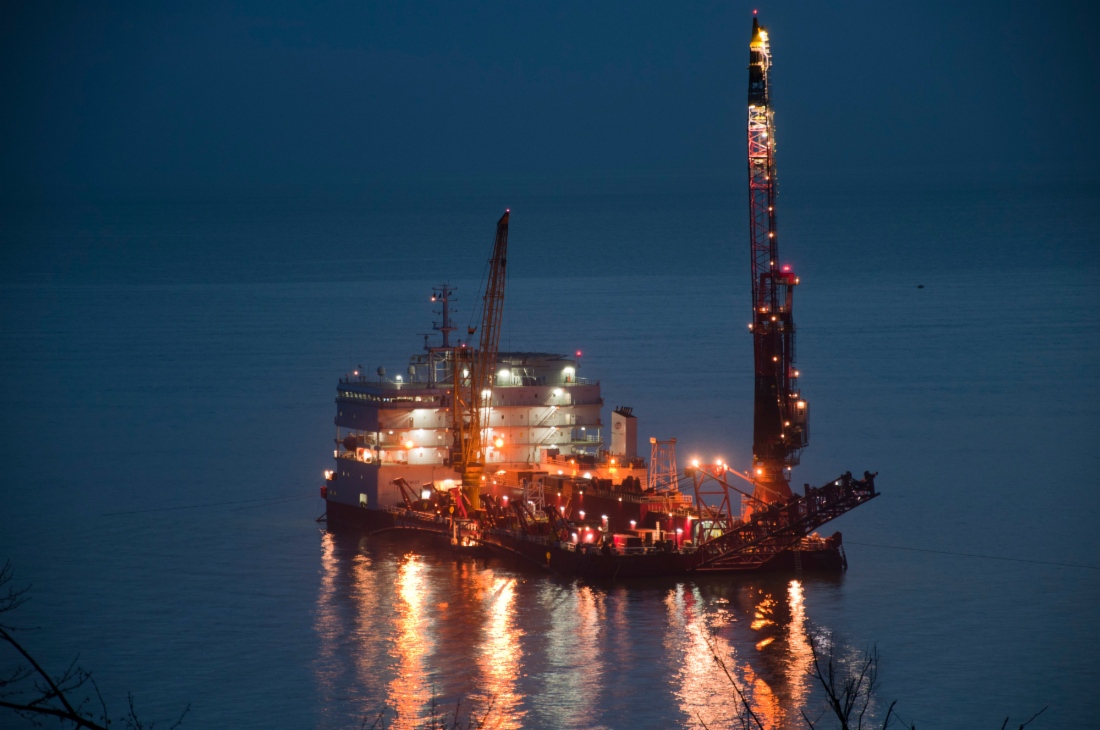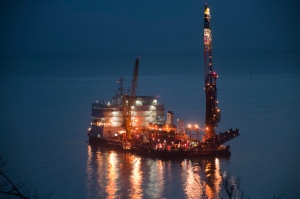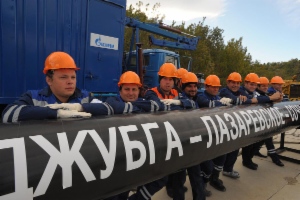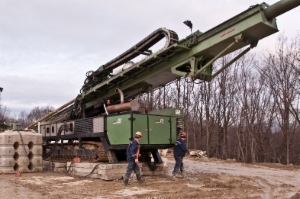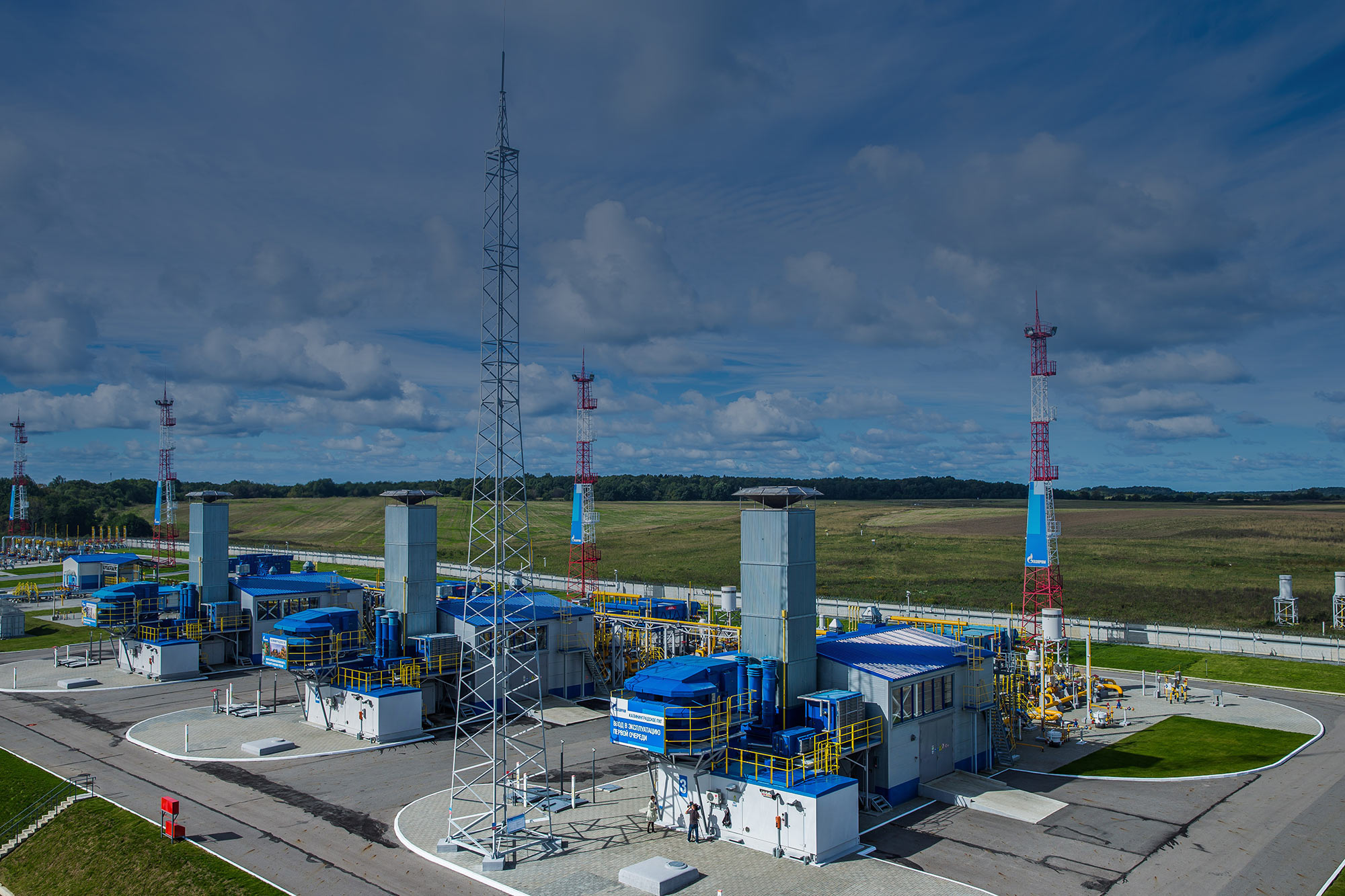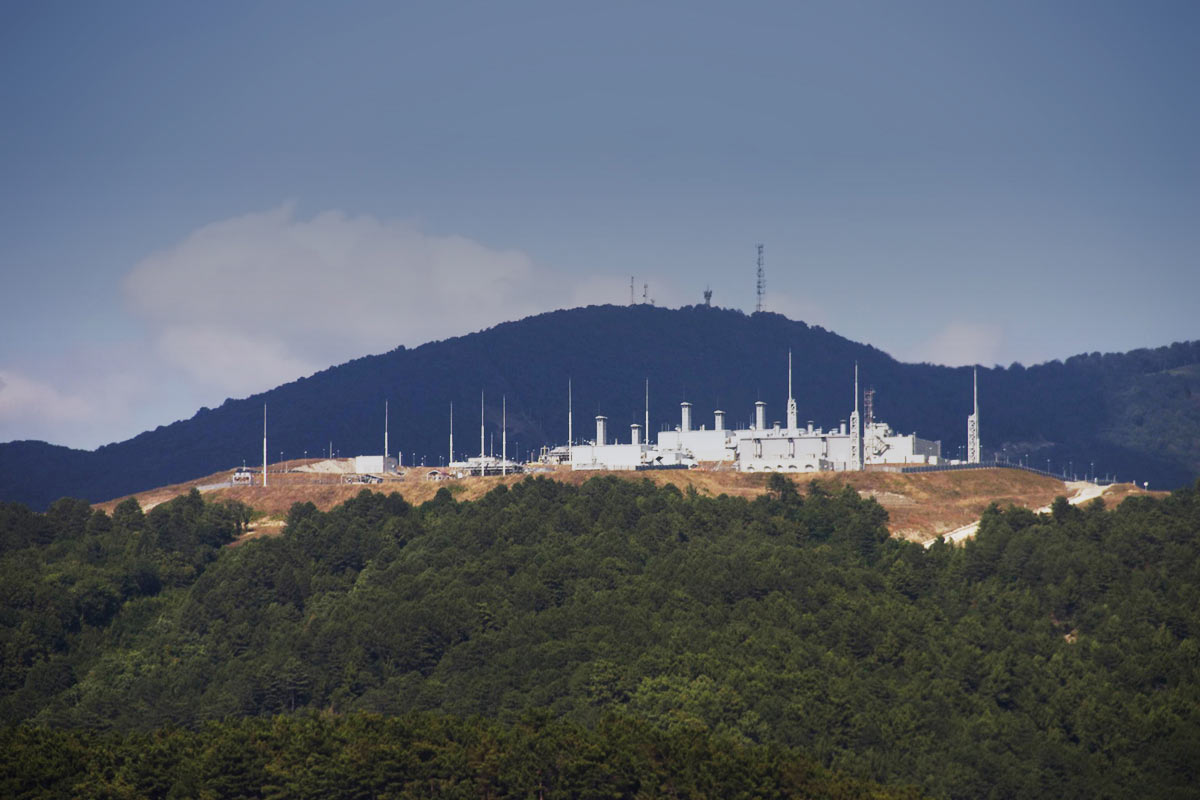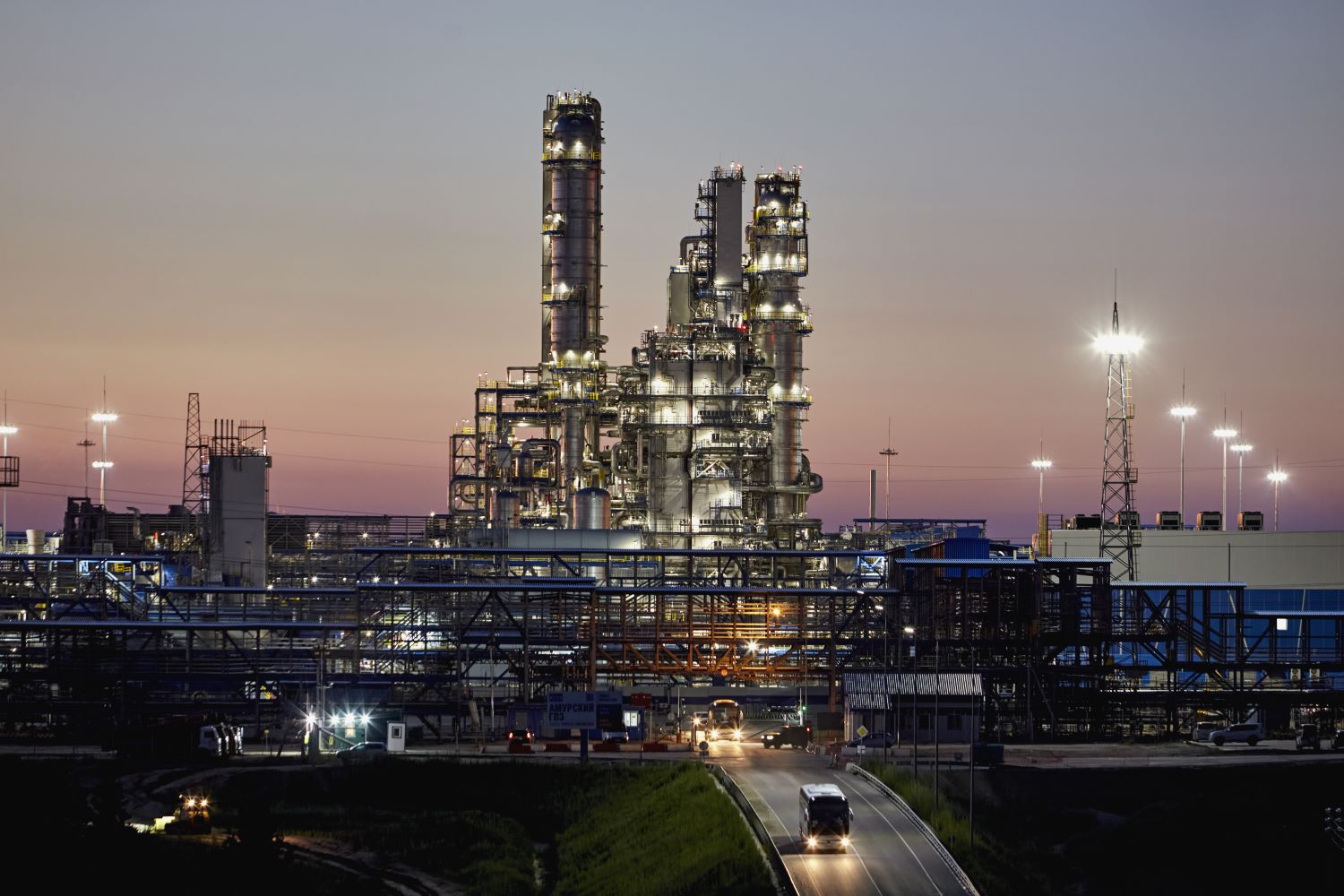The Dzhubga – Lazarevskoye – Sochi gas pipeline delivers natural gas to Sochi and a number of population centers in the Tuapsinsky District of the Krasnodar Territory. The gas pipeline is key to ensuring reliable energy supplies to the resort area on the Caucasian coast of the Black Sea.
Figures and facts
Length: 171.6 kilometers.
Diameter: 530 millimeters.
Working pressure: 100 atm (9.8 MPa).
Annual capacity: around 3.8 billion cubic meters of gas.
90 per cent of the pipeline runs along the bottom of the Black Sea, some 4.5 kilometers away from the coast at a depth of down to 80 meters.
In 2014, the pipeline provided natural gas to the sports venues of the Winter Olympic and Paralympic Games in Sochi.
The 360 MW Adler thermal power plant constructed by Gazprom is a key consumer of gas supplied by the Dzhubga – Lazarevskoye – Sochi gas pipeline.
Development
The construction of the pipeline started in September 2009. In March 2010, the Company began to lay its offshore section. In May 2011, the offshore and onshore sections were joined. The gas pipeline came onstream in June 2011.
Gazprom built the Dzhubga 1, Dzhubga 2, Novomikhailovskaya, Tuapse and Adler automated gas distribution stations and connected them to the pipeline.
Technologies
The Company constructed the gas pipeline using advanced technologies and state-of-the-art equipment. Specifically, horizontal directional drilling methods were applied to lay the pipes in the areas crossing the coastline (near Dzhubga, Novomikhailovsky, Tuapse (two crossings), and Kudepsta).
Environment
Gazprom paid the utmost attention to environmental measures while delivering the project. The construction process complied with all globally accepted environmental standards and requirements.
Thanks to the well-chosen route for the offshore pipeline, the use of agricultural and forest lands and specially protected natural areas was substantially reduced. All the project-related activities were carried out without changing the regional landscape. The construction schedule was set with due regard to the most important lifecycles of the local fauna.
The offshore section was built so as to minimize its impacts on the Black Sea ecosystem. Specifically, the seafloor topography was taken into account when routing the pipeline. Prior to the pipe-laying, the area along the route was cleared from pollutants and explosives. Thanks to directional drilling, no harm was done to coastal habitats.
The use of natural gas supplied via the Dzhubga – Lazarevskoye – Sochi gas pipeline for heat and power generation purposes contributes to environmental improvement in the region.



